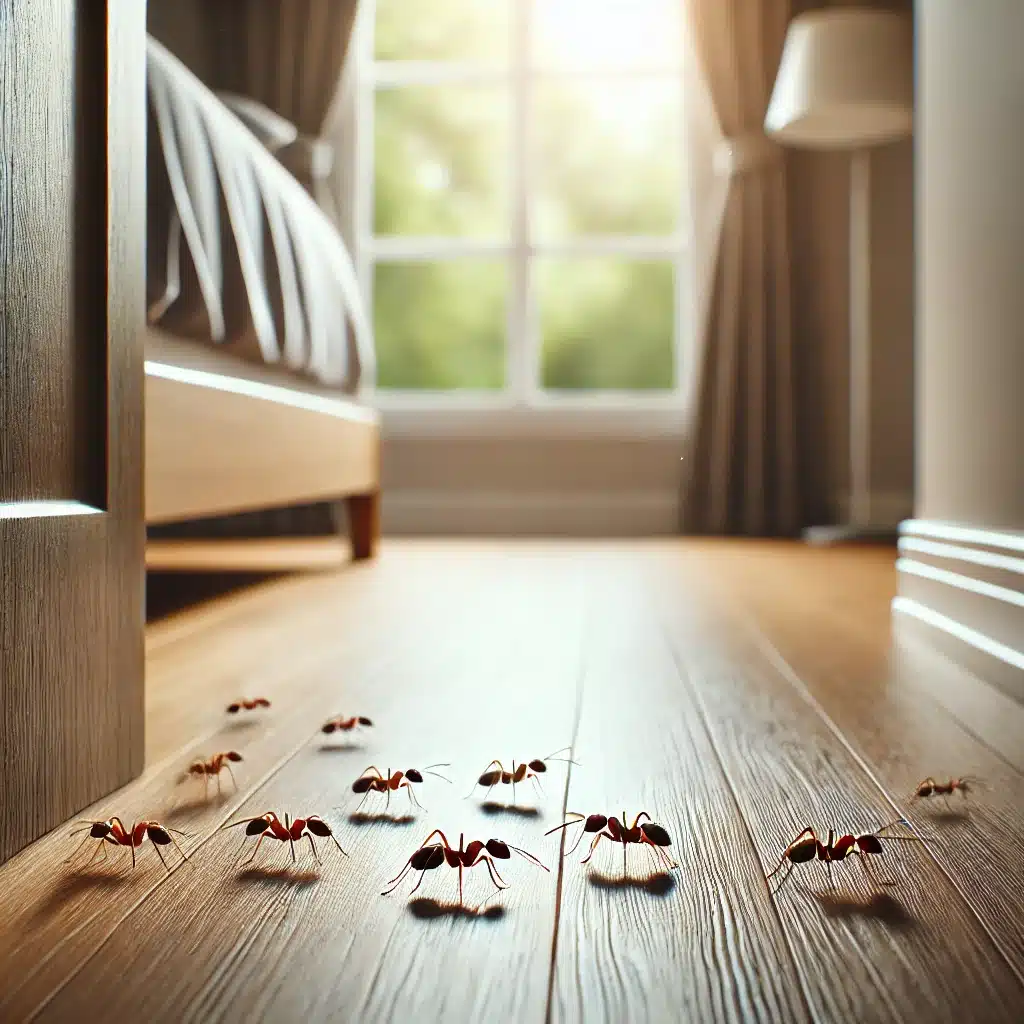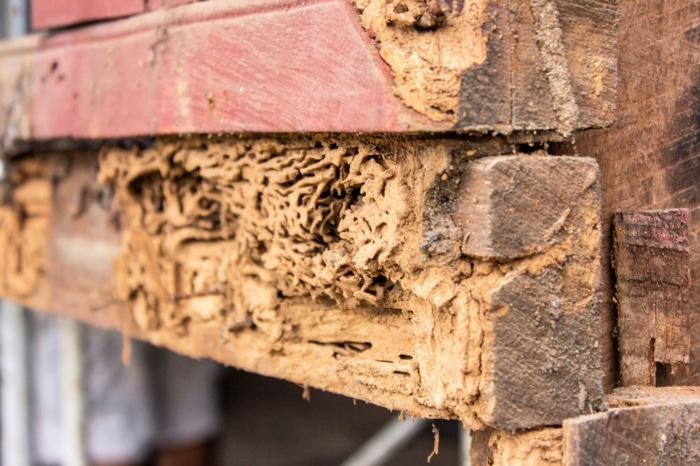Ants are a fascinating and common pest that can cause quite a stir in apartments. If you manage properties, you’ve likely dealt with calls about ant infestations. The question is: are ants seasonal? And how does their activity change throughout the year? Let’s break it down so you can better prepare for these tiny invaders.
Ant Activity: A Year-Round Challenge
While many people associate ants with summer, the truth is they can be active year-round. Their behavior shifts depending on the season, and understanding these patterns can help property managers address infestations effectively. Here’s how their habits change throughout the year:
Spring: The Beginning of Ant Season
As temperatures rise, ants become more active. Spring is when ant colonies start expanding, as the queen begins laying more eggs. Worker ants are sent out in search of food, which is why residents may suddenly notice trails of ants near windows, doorways, and kitchen counters.
During this time, ants are particularly drawn to sugary and protein-rich foods. A single crumb can lead to a full-blown trail of ants within hours. For property managers, this is the time to ensure apartments are well-sealed and residents are educated on proper food storage.
What to Do:
Inspect properties for entry points, like cracks in walls or gaps under doors.
Remind residents to store food in airtight containers and clean up spills immediately.
Schedule a pest control service to identify potential hotspots.
Summer: Peak Ant Activity
Summer is when ant activity is at its highest. Warm weather drives ants to forage aggressively, often leading them indoors. This is also the time when residents are likely to leave windows open, making it easier for ants to find their way inside.
Some ants, like carpenter ants, are particularly troublesome in the summer because they can damage wooden structures. If left unchecked, they can cause costly repairs for property owners.
What to Do:
Check for signs of carpenter ants, like sawdust near wooden beams or faint rustling noises in walls.
Encourage residents to report ant sightings quickly so problems can be addressed before they worsen.
Keep landscaping in check. Trim trees and shrubs that touch buildings, as these can act as highways for ants.
Fall: Preparing for Cooler Months
As temperatures cool, ants begin preparing for winter. Some species, like odorous house ants, may try to move indoors seeking warmth. They’re less active outdoors but can become a nuisance inside apartments.
Residents may notice ants near water sources, like sinks or bathrooms, as ants seek out moisture during this period. This is also the time when queens establish new colonies, which can lead to sudden infestations if not handled promptly.
What to Do:
Inspect plumbing for leaks, as ants are drawn to moisture.
Ensure trash bins are tightly sealed to avoid attracting ants.
Partner with a pest control provider to handle any new colonies before they spread.
Winter: Ants Go Into Hiding
During winter, ants slow down significantly. Many species go into a state of dormancy, but this doesn’t mean they’re gone. Colonies hidden in walls or basements remain active, though they forage less frequently.
While ant sightings are less common in winter, they can still pop up, especially in heated buildings. Indoor ant activity often means a nest is nearby, requiring immediate attention.
What to Do:
Perform regular inspections of basements, crawl spaces, and other potential nesting areas.
Educate residents on spotting signs of indoor nests, like trails or piles of dirt near baseboards.
Use this time to plan preventative pest control measures for the coming spring.
Why Ants Invade Apartments
Ants are resourceful creatures, and their reasons for invading apartments are straightforward: food, water, and shelter. Understanding these motivations can help property managers prevent infestations before they start.
Food Sources:
Crumbs, spills, and even pet food can attract ants. A single overlooked snack can lead to a full-scale invasion.
Water Access:
Leaky pipes, dripping faucets, or standing water are like magnets for ants, especially during dry seasons.
Shelter:
Ants love the warmth and protection that apartments provide. Wall voids, under flooring, and behind appliances are all prime nesting spots.
Preventing Ant Infestations: Tips for Property Managers
Here are practical steps property managers can take to keep ants at bay:
Seal Entry Points:
Regularly inspect and seal cracks, gaps, and other openings in buildings.
Educate Residents:
Provide simple tips on keeping food sealed, cleaning up promptly, and reporting issues early.
Focus on Maintenance:
Fix leaky pipes, ensure proper drainage, and remove standing water around properties.
Partner with a Pest Control Service:
Having a reliable pest control service, like Pest Share, can save time and stress. Their advanced pest identification tools and quick response times make managing ant issues much easier.
Common Ant Species to Watch For
Different ants behave differently, and knowing what species you’re dealing with can make a big difference in how you address an infestation. Here are a few common culprits:
Odorous House Ants:
Known for their smell when crushed, these ants are small and often found in kitchens.
Carpenter Ants:
Larger ants that can damage wooden structures.
Pavement Ants:
Often found near sidewalks or driveways but can move indoors searching for food.
Fire Ants:
Aggressive ants that can deliver painful stings. Typically found outdoors but may invade buildings.
Why Quick Action Matters
Delaying action on ant infestations can lead to bigger problems. Not only do ants multiply quickly, but some species can cause structural damage, while others contaminate food. Acting fast shows residents that their concerns are taken seriously and helps protect the property from costly repairs.
With Pest Share, property managers can streamline pest control. Their system takes the guesswork out of identifying pests and connecting residents with the right solutions. Plus, it’s built into the Resident Benefit Package, so there’s no additional hassle for property managers or residents.
Ants might seem like a small problem, but they can become a big headache if not managed properly. By understanding their seasonal habits and taking proactive measures, property managers can keep apartments ant-free year-round. With the right tools and partners, like Pest Share, handling pest control becomes one less thing to worry about—leaving you more time to focus on what matters most.






